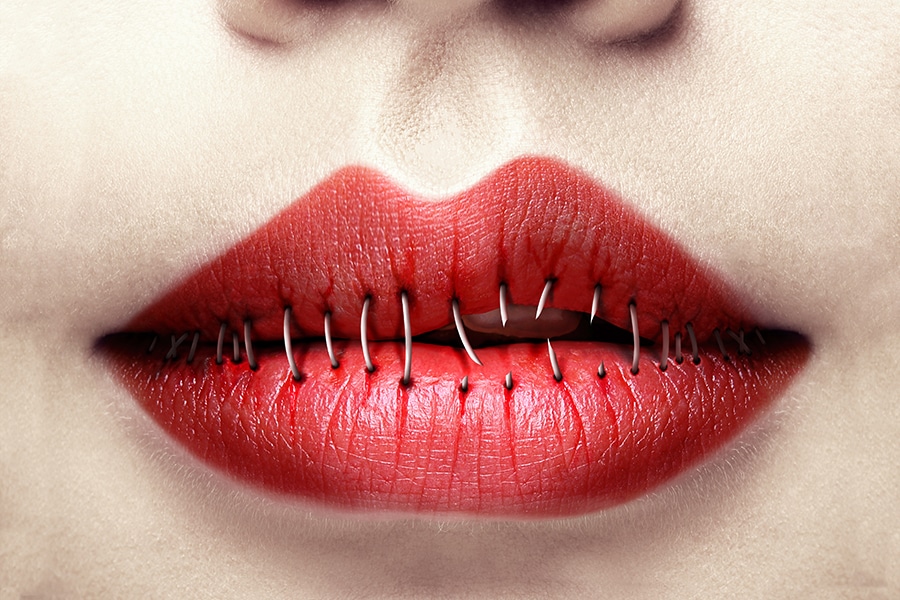
Storyboard18 - Feel safer but also 'gendered': Life in advertising after #MeToo
A look at what has changed for women in Indian advertising and what remains unchanged
 Propelled by the fear of negative publicity, the #MeToo movement has jolted companies out of their apathy and stirred them into action, causing them to take note of and comply with the POSH Act.
Image: Shutterstock
Propelled by the fear of negative publicity, the #MeToo movement has jolted companies out of their apathy and stirred them into action, causing them to take note of and comply with the POSH Act.
Image: Shutterstock
Sapna Mehta (name changed on request), a 28-year-old copywriter at a creative agency in Mumbai finds her work life, especially post the #MeToo movement, a bit 'strange'. She isn’t getting this feeling because of virtual fatigue or the pandemic.
Mehta thinks her male colleagues have become extra conscious about everything, sometimes a tad bit over. Mehta isn’t the only one sensing this. The women that Storyboard18 spoke to tell us that the agency culture seems different altogether post the #MeToo movement. These women feel safer but also feel 'gendered'.
One set of men are careful about what and how they talk to their women counterparts, and the other set keeps using #MeToo when they cross a line. Advertising has been a boys’ club. However, has that changed? The answer is yes and no. No, because men still rule the boardroom. Yes, because women are changing that dynamic.
The phrase #MeToo was first used in 2006 by Tarana Burke, an advocate for women in New York. She wanted a way to empower women who had endured sexual violence by letting them know that they were not alone.
In 2017, actress Alyssa Milano re-introduced it to encourage women to share their stories as part of an anti-sexual harassment movement. By October 2018, women in the advertising and marketing industry came out with their stories. The rest is history. Over a dozen senior executives from independent and network advertising companies were named and shamed. Some were asked to leave, some left the industry, some moved on to newer roles, and some remained unaffected.







